  
|
NOW&AFTERThe topic of «NOW & AFTER’13» is "BETWEEN IMAGE AND PERSONALITY". The third edition of the festival will take place within the period April, 22– May, 5 2013 at Moscow Museum of Modern Art www.mmoma.ru «NOW & AFTER’13» focuses its attention on a person. Winners1st and 2nd places are divided between
Don’t Cry Over Spilt Milk, Natasha Dahnberg, Sweden 3rd place
Dmitry Venkov, Russia, The Chinese Room of Alan Turing, 2011 (RUR 20.000) HONORABLE JURY MENTION
Seth Myers, USA, Corridor Two, 2010 NOW&AFTER SPECIAL PRIZE
Neil Bryant, UK, Bye Buy, 2012
Participants
COMPETITION PROGRAM
Gianluca Abbate, Virginia Eleuteri Serpieri, Italy, Microbiome, 2013, 5:00 «While objects are neither flora nor fauna, they give the impression of being a proliferating vegetation; a jungle where the new savage of modern times has trouble finding the reflexes of civilization».
(Jean Baudrillard)
Alexander Arfeev, Zoya Inkenas, Russia, Townstep, 2012, 8:00 The video of the team "Visual Practice" (Alexander Arfeev / Zoya Inkenas) «Townstep» on the play of Oleg Paiberdin SOB OUT for clarinet quartet is created as a special program for the project "GAM-Ensemble" (jointly with the Moscow Philharmonic and the NCCA within the frameworks of the festival "John Cage. Silent Presence"). Method of free plastic association of performer Marina Tenorio was formed under the influence of several factors. The name of the play is aimed to reach the threshold of emotional overcrowding and exit from it. The motive of traffic difficulty, overcoming delay before the new phase was key for the whole video.
Karimah Ashadu, Nigeria/UK, Lagos Island, 2012, 4:44 the camera records in a state of flux while encased within ‘the Camera wheel Mechanism’. the constantly changing image of the Lagos island coast, offers a poignant narrative for its occupants. immigrants perch near the water in trepidation. they build fleeting homes which the Lagos government will soon force down in a bid to clean up the City. the atmosphere is tense and fraught. and although the ‘Camera wheel Mechanism’ brings an element of play, its ephemeral nature is highly evocative.
Reinhold Bidner, Austria, Addicted, 2011, 3:00 A person / a personality / a creature. Are there „real“ answers or do we only project them into our head? Are we lonesome individuals in need of protection, or multiple creatures driven by egoism? Rorschach sends his regards, and Madame Humtata (Linz, AT) provides the Soundtrack.
Hans Michael Bittner, Austria, My father, Myself and my Sisters, 2011, 4:38 “My father, Myself and my sisters” is a family story which is determined by the absolute absence of the mother. there has been one, indeed, but she is never spoken about, she only appears once on a family photograph in the beginning of the video. Joseph, the protagonist, talks about his life, the role of his father and of his four sisters. but what about his mother? the story follows the life of my grandfather (born 1893, died 1988) after his own interpretation.
Neil Bryant, UK, Bye Buy, 2012, 2:42
Bye Buy is a video work that mixes archive footage from the high point of the consumer and consumerism of the 1950s and 1960s, and composites this with contemporary imagery, signs and coding of the present. The scenes, objects and images seem familiar but are distorted, out of time, from a world that is no longer ours. The work playfully explores how the mediated representation of capitalism and consumerism were seen in the past and now can be seen as naive outmoded and inadequate. The exaggerated size of the characters eyes infer a primitive instinctive need to consume, being in a state of hunger, that can not be satisfied, while the bar codes represent a structure, a system that is hidden to us, unless we choose to look. We are ourselves consumed in this system and are complicit in our consumption and the consumption of others.
Dmitry Bulnygin, Russia, Bad Karma, 2010, 6:00 Visual version of one of the circles of hell.
Oksana Chepelik, Ukraine, Manifesto, 2011, 4:40 MANIFESTO – is a film-concept that is being a reflection of artistic wordlview positions, embodied in the author’s video performance. Words are being used as a facility in a conceptual vocabulary and being controposed to the image. The statements regarding art, artist and freedom, such as “Art is free, artist is free”; “Art should bring pleasure, an artist should enjoy” provoke viewer to participate. This work sets the question about the servility of art.
Kit Chung, China, Line 2, 2012, 5:00 The people ride the subway through the city.The train is a stage where hundred of thousands of people’s stories unfold between stations. a performance of confusion, doubt, anxiety, hope, faith, and curiosity interwoven into a dark drama.
Natasha Dahnberg, Sweden, Don't cry over spilled milk, 2013, 4:40
Daniel Nicolae Djamo, Tatevik Sahakyan, Romania, Menu, 2011, 5:00 "Menu" is part of a larger project, named “Buni”, which is a journal of the last words. I started it in the middle of 2009. It’s decomposition, mental agony and self loss. This is not a documentation of death, but a mere projection of what really matters. Buni raised me. Although we are not related, she was more than a mother to me. “Buni” can only offer photocopied images of a story distorted by our own memories, becoming a reflection of ourselves in deformed mirror. It is a continuous project, putting together more than 180 hours of filmed material and more than 1600 photographs.
Nina Falk, UK,(Un)conscious Deformation, 2012,5:00 My work addresses the grey areas between medical and aesthetic modifications. How far can we go to create ourselves? When do I stop being me? Does it matter if the alterations are voluntary or not? How much can I change, alter and remove? Can I re-construct, de-construct, and even construct my own identity? This is all an underlying thread; is an artificial disfiguration and manipulation of ourselves now a part of our identity?
Alina Gutkina, Russia, White Blue,2012,6:13 In the objectivization of the male body, many people see the risk of society feminization andmaking the culture more homosexual. Igor Kon. The video shows a young long-haired fellow in the bed and in the bathroom. The fragility of the body is commonly associated with the female body. Demonstration of male nudity today is perceived as a sign of homosexuality. The very term of homosexuality propaganda makes of sexual orientation, which in reality has organic and deep nature, a contagious phenomenon that tends to influence a greater number of people. But as Igor Kon writes, choosing of sexual orientation is not a matter of fashion. Control of this level - a outrageous situation for an artist working with corporeality.
Victoria Ilyushkina, Maya Popova, Russia, Acrobatic Sketch, 2012, 7:20 Desires, dreams, reality, memories. All mixed up in a communal bathroom. Bathroom is like a lonely boat.
Edward Kulemin, Russia, Closely, 2012, 2:33
This video-poetry reel is made of on the basis of performance-installation "End-to-End." During the performance the author was stuck by tape to his own visual and poetic works, pasted right next to each other on the wall of the gallery. After that, the author tried to un-stick from the exposure.
Seth Myers, USA, Corridor Two, 2010, 5:16 “Corridor two” by seth Myers depicts the artist himself assuming the role of aggressor and victim. at the end of a long and narrow corridor stands a muscular young man assuming a militant pose, in an apparently mirrored projection. from this situation two different characters develop. with an aggressive-male vocabulary one of the two figures begins to berate the other for no apparent reason. the fierce release of anger is intensified through pugilistic gestures and menacing body movements. using words as weapons, the enraged character, barking military-like commands, forces the “other-self“ to comply. thus, Myers is the victim of his own attacks.
Dominic Negus, UK, Dying to Breathe, 2013, 3:00 Triggered by conversations with a friend who has an ever growing fascination with suicide, this piece investigates life and death instincts. Exploring self destruction and preservation, using myself as the medium to do so.
Stuart Pound, UK, A woman from the past, much loved, 2011, 1:25
Filip Gabriel Pudło, Poland, The Collection, 2010, 3:51 A video work in which games are played with classic portraiture conventions. It is suspended between the verges of photography and video while creating a parable between a photographic archetype, a classical portrait, tradition of a family album and contemporary images transmitted by media.
Krzysztof Rynkiewicz, Poland, Time Window, 2013, 4:50 “These shots? photos? Projected in the form of a loop play with time. for krzysztof rynkiewicz time has the charm of an experiment. Thus it might be worth recalling thomas Hardy’s verse: «they change to a high new house, he, she, all of them — aye, clocks and carpets and chairs on the lawn all day, and brightest things that are theirs... ah, no; the years, the years...» (during wind and rain), which means it is Krzysztof Rynkiewicz’s concern too. ” Aleksander Blonski
Masumi Saito, UK, Michi, 2012, 5:00 "MICHI" can be translated as road, way, or unknown in Japanese. A meditation on location, identity and fate, MICHI was shot on various different locations around the UK, Masumi's adopted home country.
Haim Sokol, Russia, I am Spartacus, 2011, 2:04 In the film “I Am Spartacus” he reconstructs the scene from stanley kubrick’s “spartacus” (1960). But the action is transfered from ancient rome to present-day Moscow, and all the parts are played by migrant workers from kyrgyzstan. In this scene the defeat is being tranformed into a moment of uppermost triumph. defeated nameless slaves get a name. Each of them becomes Spartacus, which means that each of them is ready to lead the future rebellion.
Christopher Steadman, Germany, Home Is Where the Heart Is, 2013, 7:00 Christopher Steadman’s work has frequently addressed issues ranging from masculinity in crisis to domestic obsession and oppression. Increasingly his work developed and focused on the concept of “home” within our culture, and more specifically the repetitive activities performed in the home. By exploring the idea of alienation in the home – a place supposedly embodying comfort and safety – he investigates the nature of the psyche of the solitary individual. Home is the one place Steadman has managed to capture his subject’s most relaxed and open to giving their personality in front of the camera. But the subject is always in control, it is the personality that the subject wants depicted, the image they want to present. In this latest film, Home is Where the Heart is, Steadman collaborates with his subject and manages to achieve a portrayal that represent show they see themselves, how they want to be seen and the image they actually project.
Johannes Hugo Stoll, Germany, Report, 2010-2011, 3:26 A video camera gets disassembled during its recording in front of a mirror. In great detail its recording everything, the course of decomposition and the removal of the image relating to the artist using the camera like a pencil. The more the camera gets away from the shooting of realistic images, the more independent is the new and abstract image.
a video camera gets disassembled during its recording in front of a mirror. in great detail its recording everything, the course of decomposition and the removal of the image relating to the artist using the camera like a pencil. the more the camera gets away from the shooting of realistic images, the more independent is the new and abstract image.
Céline Trouillet, France, Song ¹ 18, 2012, 3:30 Celeste, a retired lady living in france, was raised by spanish parents in Morocco. Here she performs «el emigrante», which deals with the difficulties faced by migrants forced to leave their homeland for economic or political reasons, a song that was a big hit when she visited spain for the first time in the early 1950s.
Dmitry Venkov, Russia, The Chinese Room of Alan Turing, 2011, 9:00
Short story about the imaginary stream in soviet cybernetics.
Shen Wei, USA, Bubble, 2013, 5:17 The simple act of making saliva bubbles may seem innocently beautiful at the beginning, but it requires strength, patience and endurance. When the limitations hit, the end is either exhaustively tragic or breathtakingly joyful, depending on one’s point of view. Music composed by the artist.
NON-COMPETITION PROGRAM
Evgeny Bugaev, Russia, Balm for Vessels, 2011, 5:00 An attempt to model the human “I” by modern digital medias of the inner reality, in which the "omission" of sleep corresponds to the fullness of life, and waking – to the emptiness.
Diana Cardona, Mexico, Continuous Landscape, 2012, 5:32
A continuous landscape, contact improvisation with an extremely vulnerable body. The next instant is built through breathing, feeling the weight of the other…the shape that is travelled is not a product of will. it appears and reveals itself. Everything reflects it all, a body added to the nature of another one; every element Is left on the skin. An egg without a protective shell, a strolling of the yolk over the body, existing side by side with its weight, rhythm, temperature and fragility; the video is yet another body. So much vulnerability moving under the skin cannot be grasped, the yolk of the egg without its membrane. Any possibility of life sliding…
Marina Fomenko, Russia, Modus Operandi / Waltz, 2013, 7:45 Modus Operandi / Waltz, 2011-2013 - is the work of the video series "M.O.". Modus Operandi (MO), is a Latin frase used to describe a method of operating and people’s behavioral patterns. It is not always possible for an outside observer to grasp the logic of others’ behavior. Taken out of the context, their actions assume the nature of the mysterious ambiguity that is open for any interpretation.
Warren Garland, UK, 2001 Possessed Fair Connection, 2011, 3:35
2001 Possessed Fair Connection appropriates video from cinema, re-hash and re-mix narrative into optical illusions that delve into the dense world of memory and re-mediation found on platforms such as youtube and other user-generated online media sites.
Chaja Hertog, Nir Nadler, the Netherlands, Nation for Two, 2008-2012, 15:48
a man and a woman dig their underground way towards each other from two remote locations in the world, whilst leaving physical threads wherever they pass. the wandering quest travels through a wide collage of landscapes in nature, war zones, cities and industrial areas. «nation for two» is a self-portrait of the artist duo Hertog & nadler that portrays in a surreal manner the idea that love knows neither nationality nor geographical boundaries. under the ground there are neither borders nor entry permit required, under the ground the body becomes part of the landscape and the landscape a body of desires.
A man and a woman dig their underground way towards each other from two remote locations in the world, whilst leaving physical threads wherever they pass.The wandering quest travels through a wide collage of landscapes in nature, war zones, cities and industrial areas. «Nation for two» is a self-portrait of the artist duo Hertog & Nadler that portrays in a surreal manner the idea that love knows neither nationality nor geographical boundaries. under the ground there are neither borders nor entry permit required, under the ground the body becomes part of the landscape and the landscape a body of desires.
Anastasia Khokhryakova , Russia, Canvas Unprimed, 2012, 4:13 This video is about creativity, the process of birth of something new. At the same time, it is Nike of Samothrace, with her desire to be free and Delilah, emerging from the cocoon of Philistines deceit. This is a self-portrait, as the canvas is an important media for me, because I spent half of my life in close contact with it. Happiness and suffering are connected with it, at the same time it is also a prison, and the rescue boat and life-saving shell, the jacket of the newborn, which should be taken off sometimes, to take it on again.
Nam Le, Vietnam, Untitled (Uglyscape), 2013, 6:21 Potential exists in any place, anyone, and anything. Everyday simple task can create a history of unexpected happenings. I have the fantasy to merge the present and the past, so ones' past can cross others' present. The trails of any kind of body ended weaving into each other and form a flow of multiple lives. It may appear ugly to others but it has been an everyday beauty to me for a long time.
Florencia Levy, Argentina, El Baqueano, 2011, 19:00 The word «baqueano» is used to designate a person familiar with the paths and byways of a territory, its physical characteristics, the language and customs of its people, where he usually belongs. by extension applies to anyone who is particularly skilled and experienced in a specific territory. The baqueano reconstructs a series of trips to different places and meeting with people from those places. A collage of scenes from different times, situations and landscapes guided by a narrative that connects them.
Roman Mokrov, Russia, Spring, 2012, 5:26 Early in the morning two young men sit in a lounge chair at the station and watch, what happens on the opposite platform. Every train passing by opens a new view of a familiar reality, in front of the eyes of observers oriental dancers performing belly dance appear. In the end in front of them the endless sea spreads. Shots across the road appear as fantastic mirages, images of unearthly happiness.
Erin Newell, UK, This Land Is My Land, 2011, 3:13 In this Land is my Land I project two pieces of film on top of each other onto fragments of my body. One is a Memorial day parade in the usa in the early 1950s, the other: A political demonstration for the union of northern and republic of ireland taken in London in the 60s. as a first-generation irishamerican i examine the affects nationhood has on shaping the individual’s perception of others and of themselves. This work layers the projections on top of each and over my skin — an inversion to the deeply rooted place attachments to homeland occupy within — they appear meshed and tattooed on the skin. the body not only acts as a screen for the projections, but as it shifts slowly, it becomes its own landscape, as if each individual operates as a self-contained universe.
Timofey Parshchikov, Russia, Snowmen, 2012, 1:35 Video "Snowmen" explores the myth of "mysterious Russian soul" in both ironic and tragic way. One of its incarnations is the uncontrolled release of destructive energy, the desire to start with a clean slate begin with the destruction of everything to the root. Snowmen, symbolizing the society fallen into hibernation, despite the abundance of "hot news", rise on the snow-covered field. However, there comes a phase when at struggle with the anti-glaciation the human emits vital energy. The video character rushes through the snow with an ax in his hands to chop snowmen - his twins, created by his own hands, making an attempt to break out of the vicious circle.
Marina Rudenko, Russia, Inter View, 2012, 3:05 For me as a young artist facing serious contemporary art institutions for the first time, it was quite difficult to find a language we could use for communication. The feeling of total artificiality of art, thinking about sincerity and lies, the real or generally accepted feelings, but at the same time «dead» images and symbols. There is a very vague border.
Masha Sha, Russia, Interpretation 6, 2013, 1:05 The attempt to write a Concept failed.
Alice Wang, USA, The Fallacy of Misplaced Concreteness, 2012, 35:27
in wwii, to stage his cover as a wealthy businessman in Hong kong for a risky covert operation orchestrated by the Chinese government, my grandfather married my grandmother. decades later, during the violent reforms of 1960s China, my grandfather’s undercover work for the Communist army, in leading a feigned life overseas under capitalism, would resurface to haunt his wife and children. as the daughter of victims of the Cultural revolution, i return to these traumas of the past, to the expediently shape-shifting spaces of historic sets and scenes. abstract layered compositions arranged in three vignettes, the fallacy of misplaced concreteness is an intimate look at how we see, and how we remember.
In World War 2, to stage his cover as a wealthy businessman in Hong kong for a risky covert operation orchestrated by the Chinese government, my grandfather married my grandmother. Decades later, during the violent reforms of 1960s China, my grandfather’s undercover work for the Communist army, in leading a feigned life overseas under capitalism, would resurface to haunt his wife and children. As the daughter of victims of the Cultural revolution, i return to these traumas of the past, to the expediently shape-shifting spaces of historic sets and scenes. abstract layered compositions arranged in three vignettes, the fallacy of misplaced concreteness is an intimate look at how we see, and how we remember.
Jury
Antonio Geusa, Russia/Italy, independent curator and critic, PhD on media art Alexandra Mitlyanskaya, Russia, artist Vito Pace, Italy/Germany, artist, visiting lecturer at Pforzheim University of Applied Sciences, Germany. Arseny Sergeev, Russia, curator, artist, head of ArtPolitika School in Perm. Elena Yaichnikova, Russia, independent curator and art critic, employee of Educational and Outreach Department of Moscow Museum of Modern Art.
CATALOGUE OF NOW&AFTER'13Download the catalogue Video
Gallery |





Copyright (c) Now&After. International Video Art Festival in Moscow |
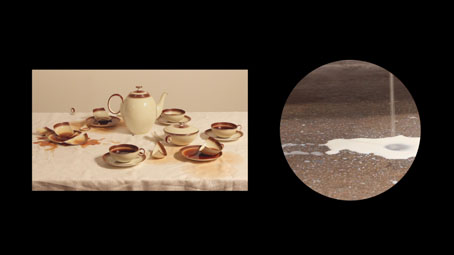
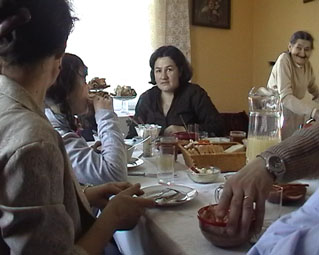
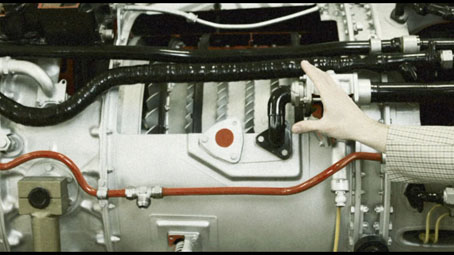
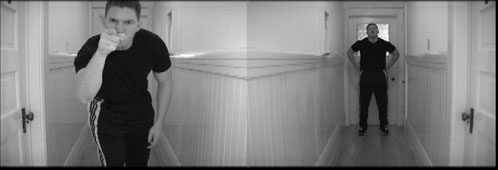
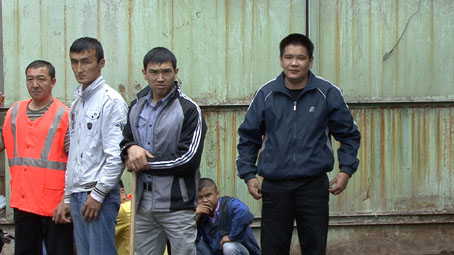
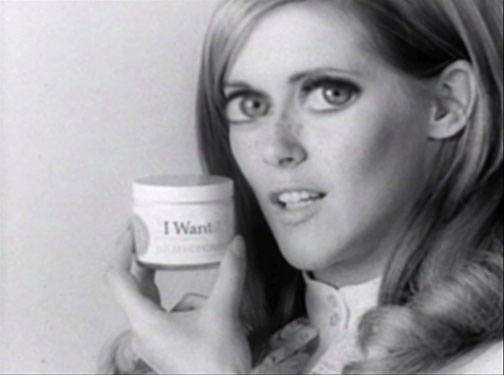

.jpg)


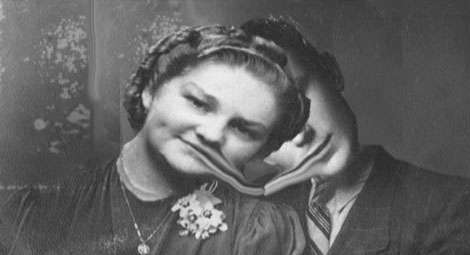

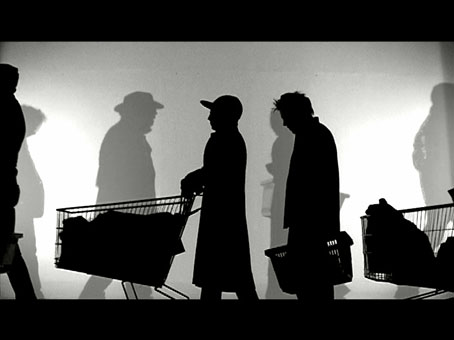
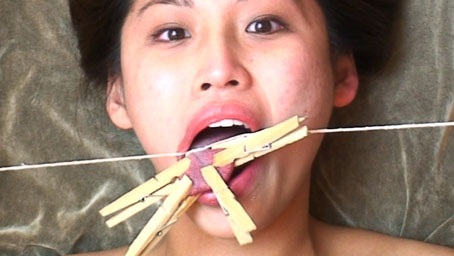
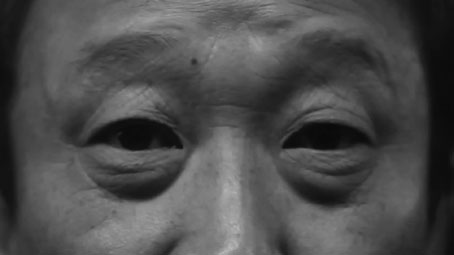
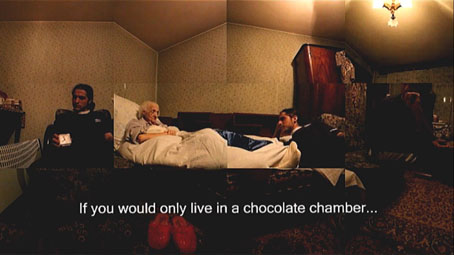
conscious Deformation 01 copy.jpg)
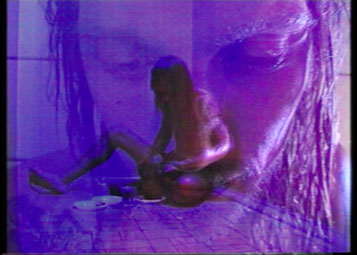
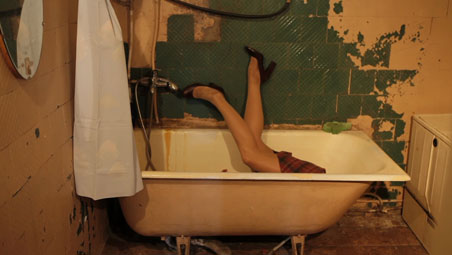
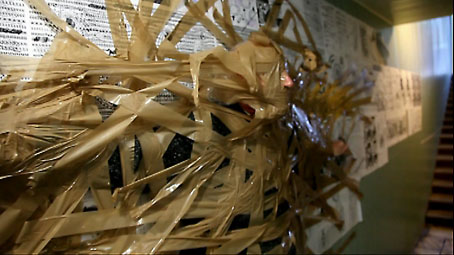

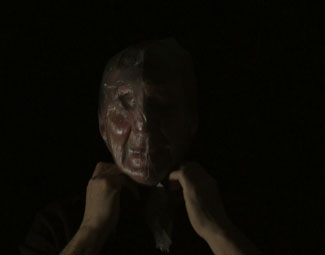
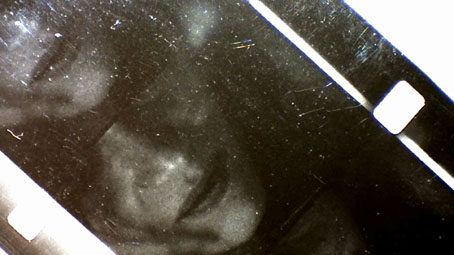

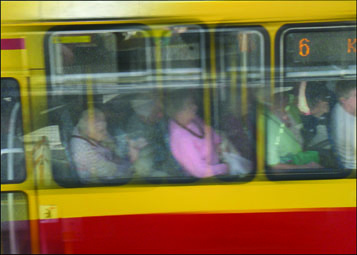
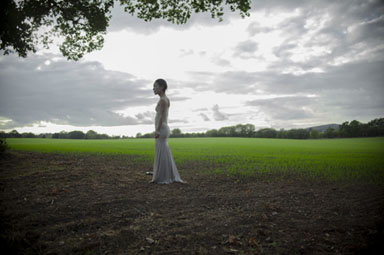

_003 copy.jpg)
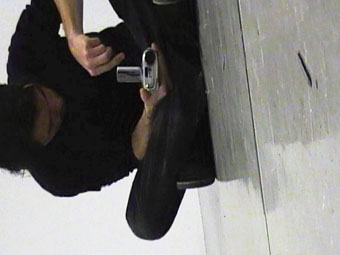

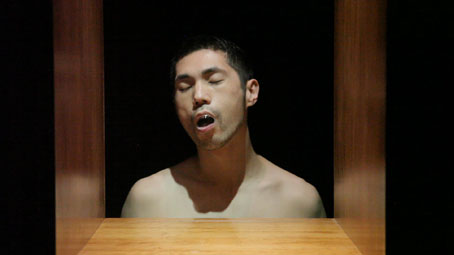
.jpg)
.jpg)
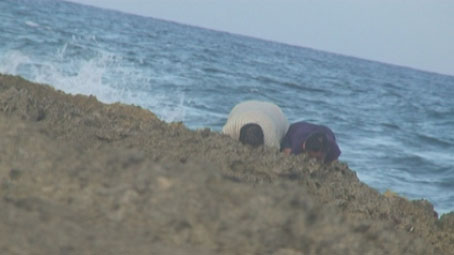
.jpg)
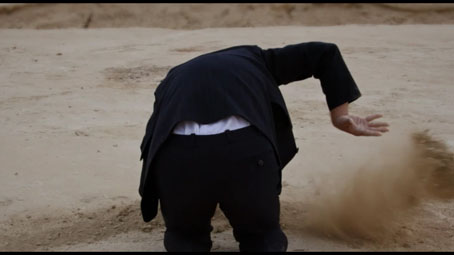
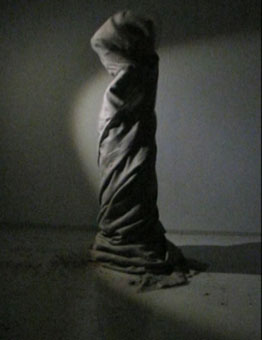
 01 copy(1).jpg)
.jpg)
.jpg)
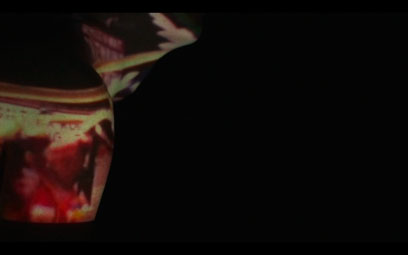
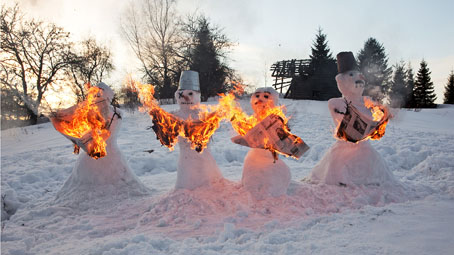
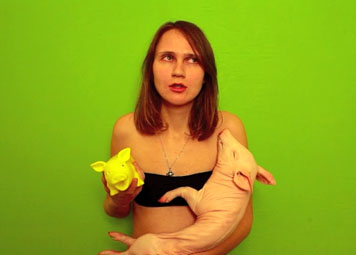
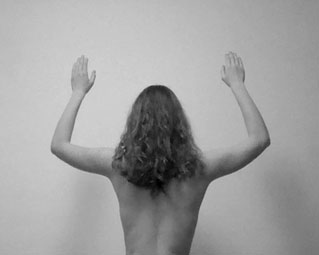
.jpg)
